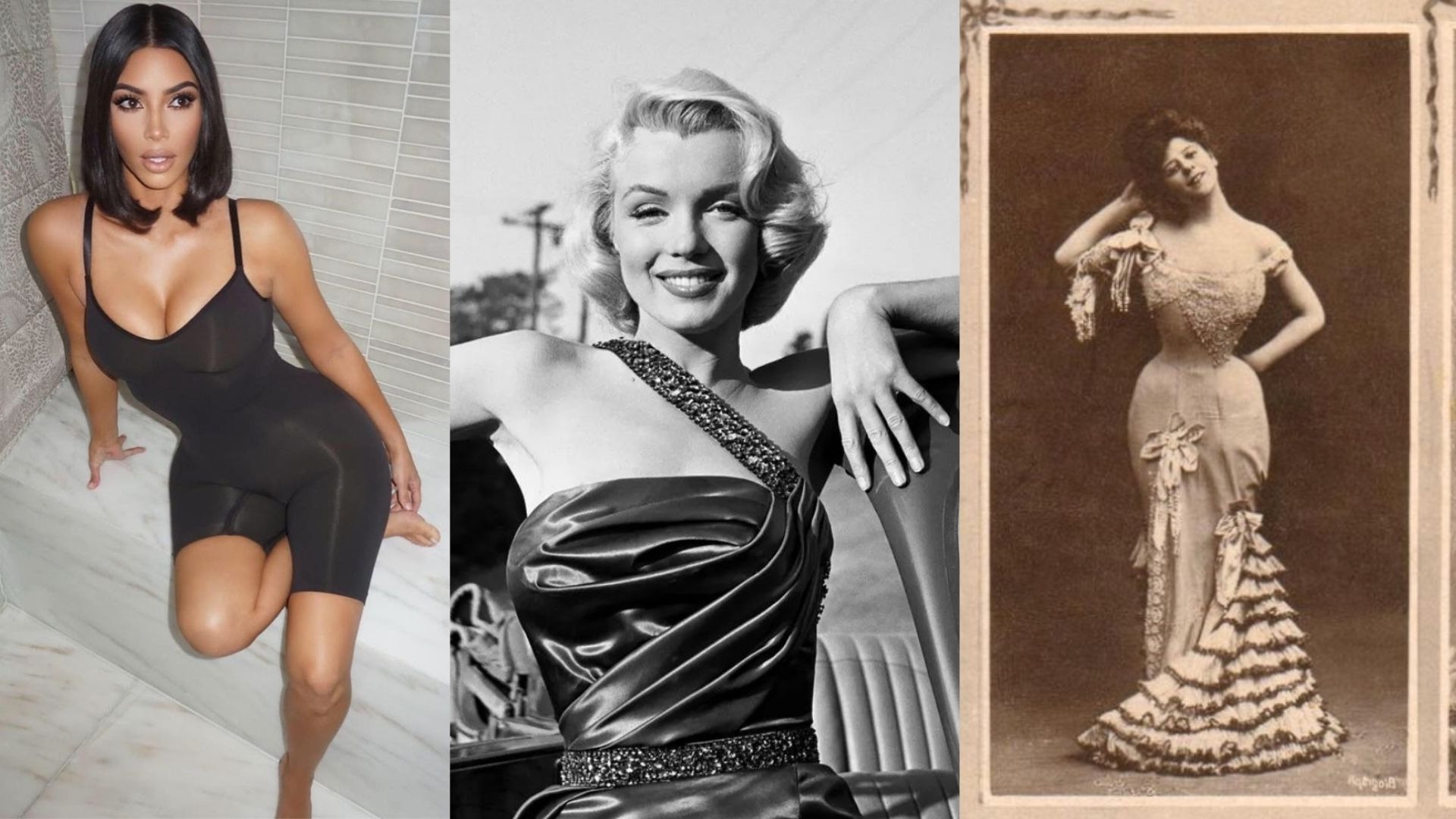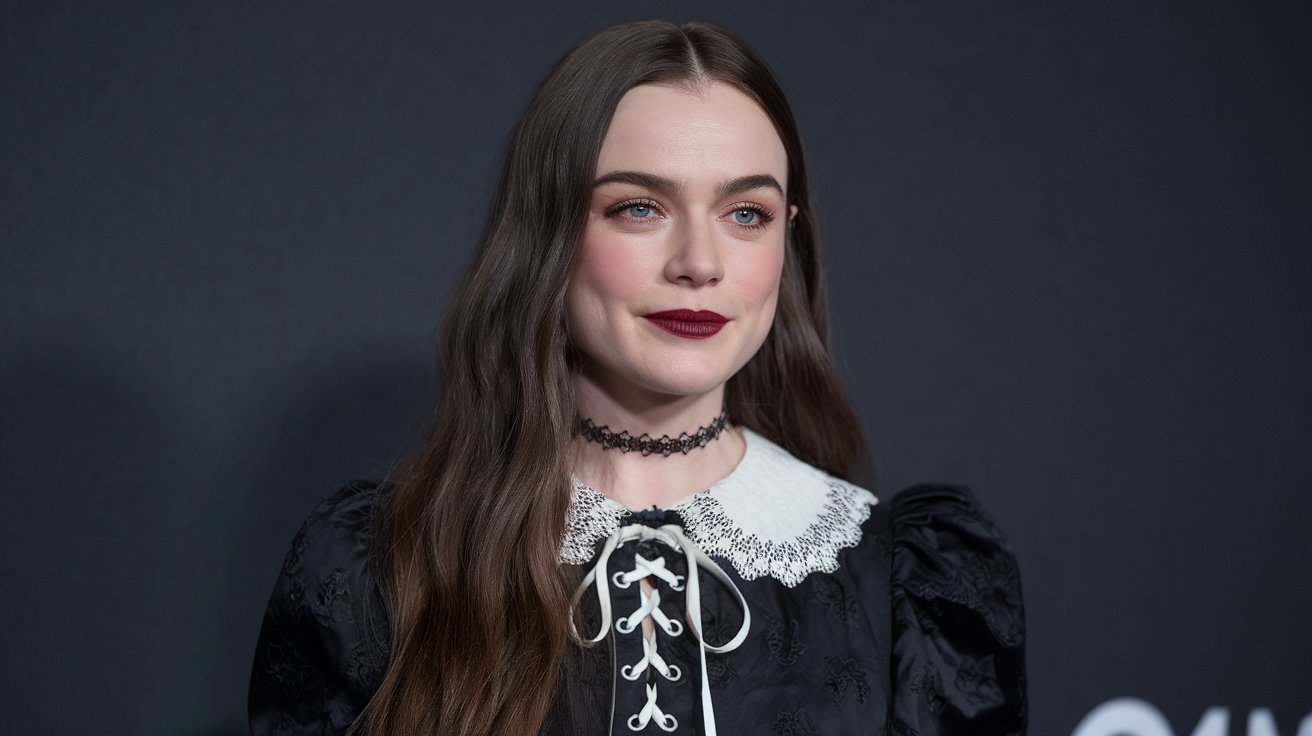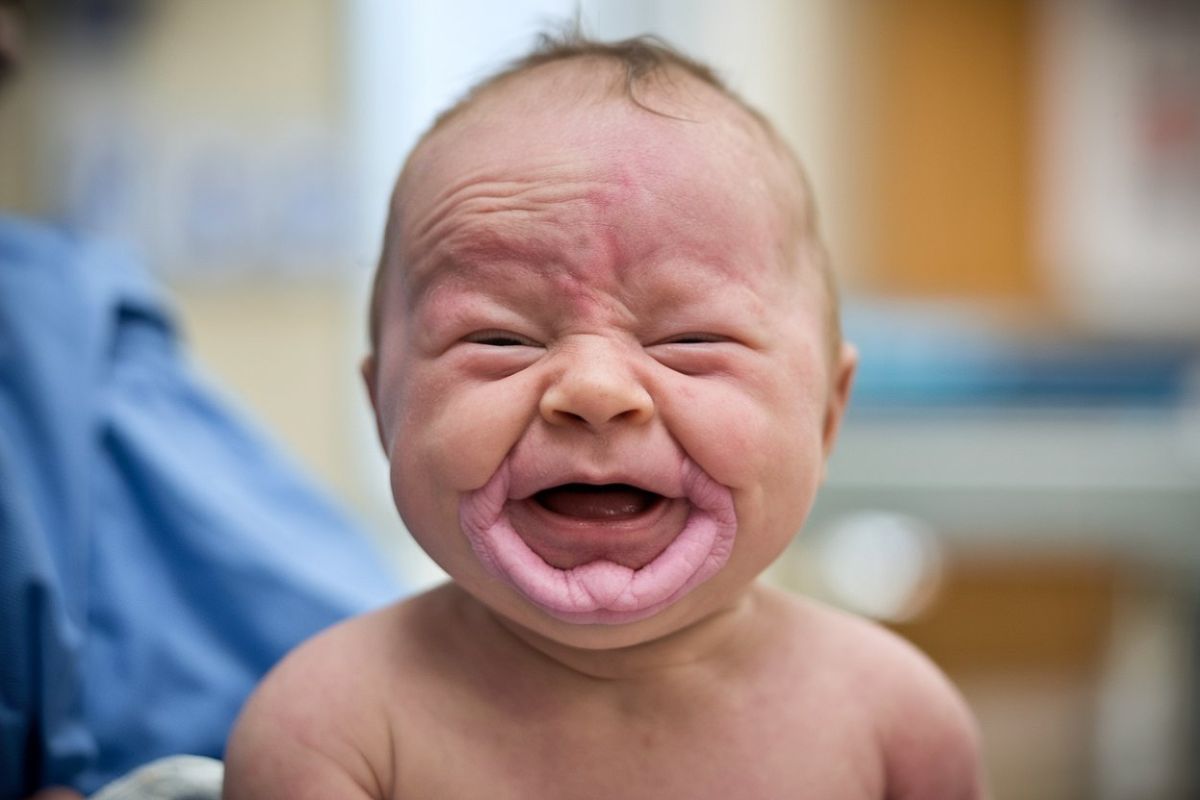
How have beauty standards evolved over time? Beauty standards have shifted dramatically throughout history, reflecting the values, beliefs, and technological advancements of each era. From the symmetrical faces prized in ancient Greece to the curvaceous figures celebrated during the Baroque period, what society deems beautiful has never been static. Ancient Egyptians used cosmetics like kohl and red ocher to enhance their features, while medieval women often covered their hair and wore modest clothing. The Victorian era emphasized delicate, petite figures, contrasting sharply with the androgynous looks of the 1960s. Today, beauty standards are more diverse and inclusive, influenced heavily by social media and global cultural exchanges.
Key Takeaways:
- Throughout history, beauty standards have evolved, from ancient Egypt's slender figures to the Victorian era's emphasis on purity. Society's ideals of beauty reflect cultural and societal values.
- Beauty standards have been shaped by diverse influences, from ancient Greek mathematics to modern social media. The concept of beauty is complex and reflects the diversity of humanity.
Ancient Beauty Standards
Beauty standards have been around for centuries, evolving with each era. Let's explore how different civilizations defined beauty.
-
Ancient Egypt (c. 1292 – 1069 B.C.)
In ancient Egypt, the ideal woman was slender with narrow shoulders, a high waist, and a symmetrical face. This era promoted a sex-positive environment where premarital sex was acceptable, and women could divorce their husbands without shame. -
Ancient Egyptian Cosmetics
Egyptians were known for their extensive use of cosmetics. They used kohl to create dramatic smokey eyes, a red ocher paste to tint their lips and cheeks, burnt almonds to color their brows, and saffron as an eye shadow. -
Rosewater in Skincare
Rosewater was extremely popular in skincare and is still used today in most cleansers and toners. It helps reduce wrinkles and tighten pores, and it also smells incredible. Egyptians used rosewater as part of their holistic approach to beauty, which included using copper for its aesthetic and health benefits.
Greek and Roman Ideals
The Greeks and Romans had their own unique standards of beauty, often rooted in symmetry and proportion.
-
Greek Beauty Ideals
The ancient Greeks believed that perfect proportions were the key to a woman's beautiful face. They valued symmetrical features and harmonious proportions, as evidenced by their statues and ideals. -
Greek Mathematics of Beauty
Greeks used mathematics to determine the ideal proportions of facial features. They saw the structure of the human body and face as a system of triads, with the perfect face being two-thirds as wide as it was high. -
Aphrodite and Venus
In ancient Greece, Aphrodite, the goddess of sexual love and beauty, was often portrayed with curves. The Venus de Milo, a statue commonly thought to represent Aphrodite, depicts small breasts but is shaped with a twisted figure and elongated body.
Middle Ages to Renaissance
Beauty standards during the Middle Ages and Renaissance were heavily influenced by religion and societal norms.
-
Middle Ages (c. 500 – 1500 A.D.)
During the Middle Ages, beauty standards were influenced by religious morals. Women were expected to be modest, wearing veils to cover their hair, necklines that covered well past the collarbone, and dresses with long sleeves. -
Medieval Cosmetics
By the 12th century, cosmetics became widespread in medieval Europe. Apothecaries and doctors distributed beauty products, including herbal remedies to achieve fair skin. Gemstone remedies also grew popular, such as heating or cooling gems and applying them directly to the skin to remove blemishes. -
Rubensque Beauty
The 17th-century Flemish painter Peter Paul Rubens was even the namesake of the term “rubenesque,” meaning plump or rounded. He often depicted women with curvy body types, which became a popular ideal during the Baroque period.
Victorian Era to Early 20th Century
The Victorian era and early 20th century saw significant shifts in beauty standards, influenced by fashion and media.
-
Victorian Era (1837 – 1901)
The Victorian era emphasized having the perfect appearance. Women were to be petite, fragile, and pure. Anything that could be considered sensual or sexual was considered taboo. -
19th Century Fashion
In the 19th century, the idealized fashionable body was much more curvaceous and voluptuous. The emphasis on under-structure to shape the body was evident in hooped or caged skirts and padded undergarments. -
Charles Dana Gibson’s Illustrations
American artist Charles Dana Gibson drew images of tall, slim-waisted yet voluptuous women in illustrations for mainstream magazines. These depictions of the new beauty standard influenced fashion and societal expectations.
Mid to Late 20th Century
The mid to late 20th century brought about dramatic changes in beauty standards, influenced by Hollywood and cultural shifts.
-
20th Century Beauty Standards
The 20th century saw significant changes in beauty standards. In the early 20th century, the flapper style emerged, characterized by shorter hemlines and a more boyish figure. -
Post-War Beauty
After World War II, beauty standards shifted towards a more wholesome and innocent look. Doris Day and Debbie Reynolds epitomized this era with their clean-cut images and wholesome charm. -
1960s Androgyny
The 1960s saw a shift towards androgyny in beauty standards. Models like Twiggy became famous for their boyish looks and androgynous style, reflecting the social and cultural changes of the time.
Modern Beauty Trends
Today, beauty standards are more diverse and inclusive, influenced by social media and global cultures.
-
Modern Beauty Trends
Today, beauty standards are diverse and inclusive. The trend leans towards the good-health look, with women striving for full, radiant skin and healthy hair. -
High Fashion Photography
High fashion photography often celebrates unconventional beauty. Photographers like Francesco Scavullo emphasize the allure of the animal-like face, while others focus on striking and distinctive faces that reflect individuality. -
Social Media Influence
Social media has significantly influenced modern beauty standards. Platforms like Instagram and TikTok showcase diverse beauty ideals, from shapely backsides celebrated with likes to vibrant hair colors and bold makeup looks. -
Body Image Concerns
Despite the diversity in beauty standards, body image concerns remain a significant issue. Studies have shown that exposure to thin-ideal media can lead to body dissatisfaction and disordered eating attitudes among young women. -
Korean Beauty Standards
Korean beauty standards have gained global attention in recent years. The emphasis on skincare and makeup routines is part of a broader cultural trend that values health and wellness.
Historical Representations of Beauty
Throughout history, beauty has been represented in various forms, often reflecting societal values and norms.
-
Venus Figurines
The Venus figurines from 23,000 to 25,000 years ago portray round, pear-shaped women’s bodies, many with large breasts. Experts debate whether these figurines symbolize attractiveness or fertility. -
Fashion Institute of Technology
The Fashion Institute of Technology in New York holds historic textiles and garments that reveal secrets from years past. Visitors often ask about the size of these garments, reflecting our obsession with size and body measurements. -
Greek Goddesses
Greek goddesses like Aphrodite and Hera were often depicted with idealized physical characteristics. These depictions influenced Western beauty standards, emphasizing symmetry and proportion. -
Roman Influence
Roman culture also played a significant role in shaping Western beauty standards. Roman women were expected to be modest and virtuous, reflecting the societal values of the time. -
Middle-Age Beauty
Middle-age beauty idealized the juxtaposition between masculinity and frailty. Men preferred women who were full-figured rather than stick-thin. -
Medieval Makeup
During the Middle Ages, makeup was often associated with danger and sin. However, by the 12th century, cosmetics became more widespread, with apothecaries and doctors distributing beauty products. -
Victorian Modesty
The Victorian era emphasized modesty in women. Anything that could be considered sensual or sexual was taboo. Women were encouraged to maintain a delicate figure and avoid any behavior that might be seen as immodest. -
19th Century Fashion Trends
In the 19th century, fashion trends emphasized under-structure to shape the body. Hooped or caged skirts and padded undergarments were popular, reflecting the societal desire for curvaceous figures. -
Charles Dana Gibson’s Influence
Charles Dana Gibson’s illustrations of tall, slim-waisted yet voluptuous women influenced mainstream fashion. These depictions of the new beauty standard helped shape societal expectations about female bodies. -
20th Century Hollywood Glamour
The 20th century saw the rise of Hollywood glamour, where actresses like Marilyn Monroe became icons of beauty. Their images were often airbrushed and idealized, reflecting the societal desire for perfection. -
Post-War Beauty Standards
After World War II, beauty standards shifted towards a more wholesome and innocent look. Doris Day and Debbie Reynolds epitomized this era with their clean-cut images and wholesome charm. -
1960s Androgyny in Fashion
The 1960s saw a shift towards androgyny in fashion. Models like Twiggy became famous for their boyish looks and androgynous style, reflecting the social and cultural changes of the time. -
Modern Beauty Trends
Today, beauty standards are diverse and inclusive. The trend leans towards the good-health look, with women striving for full, radiant skin and healthy hair. -
High Fashion Photography
High fashion photography often celebrates unconventional beauty. Photographers like Francesco Scavullo emphasize the allure of the animal-like face, while others focus on striking and distinctive faces that reflect individuality. -
Social Media Influence on Beauty Standards
Social media has significantly influenced modern beauty standards. Platforms like Instagram and TikTok showcase diverse beauty ideals, from shapely backsides celebrated with likes to vibrant hair colors and bold makeup looks. -
Body Image Concerns
Despite the diversity in beauty standards, body image concerns remain a significant issue. Studies have shown that exposure to thin-ideal media can lead to body dissatisfaction and disordered eating attitudes among young women. -
Korean Beauty Standards
Korean beauty standards have gained global attention in recent years. The emphasis on skincare and makeup routines is part of a broader cultural trend that values health and wellness. -
Historical Representations of Beauty
Historical representations of beauty often reflect societal values. For example, the Venus figurines from 23,000 to 25,000 years ago portray round, pear-shaped women’s bodies, many with large breasts. Experts debate whether these figurines symbolize attractiveness or fertility. -
Fashion Institute of Technology
The Fashion Institute of Technology in New York holds historic textiles and garments that reveal secrets from years past. Visitors often ask about the size of these garments, reflecting our obsession with size and body measurements. -
Beauty Through History
The concept of beauty has intrigued humanity for centuries. From ancient Greece to contemporary society, beauty standards have been shaped by cultural, social, and political influences. The definition of beauty is complex and multifaceted, reflecting the diversity and individuality of humanity.
The Ever-Changing Face of Beauty
Beauty standards have always been a moving target. From ancient Egypt's slender figures to the Greek obsession with symmetry, each era had its own idea of what was beautiful. The Middle Ages brought modesty, while the Victorian era emphasized fragility. Fast forward to the 20th century, and we see everything from flapper styles to Hollywood glamour. Today, beauty is more inclusive, celebrating diversity and individuality. Social media platforms like Instagram and TikTok have democratized beauty, allowing different looks to shine. Yet, body image issues persist, showing that the quest for beauty can be both empowering and challenging. Understanding these shifts helps us appreciate how cultural, social, and technological changes shape our views on beauty. As we move forward, let's embrace a broader definition that celebrates all forms of beauty.
Frequently Asked Questions
Was this page helpful?
Our commitment to delivering trustworthy and engaging content is at the heart of what we do. Each fact on our site is contributed by real users like you, bringing a wealth of diverse insights and information. To ensure the highest standards of accuracy and reliability, our dedicated editors meticulously review each submission. This process guarantees that the facts we share are not only fascinating but also credible. Trust in our commitment to quality and authenticity as you explore and learn with us.


